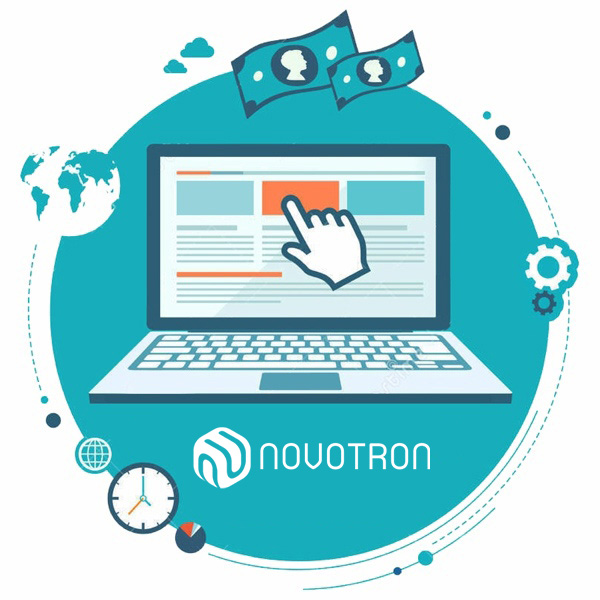
Pay-Per-Click Advertising (PPC)
How PPC Works
PPC advertising involves bidding on keywords that are relevant to your target audience. When a user searches for those keywords, the search engine displays the ads of the highest bidders. The ads are typically displayed at the top of the search engine results pages (SERPs), giving them high visibility
Benefits of PPC Advertising:

Immediate Traffic
Unlike SEO, which can take time to show results, PPC can drive traffic to your site almost immediately.

Targeted Advertising
PPC allows you to target specific demographics, locations, languages, and even devices.

Budget Control
You have complete control over your budget, and you can set daily limits to avoid overspending.

Measurable Results
With PPC, you can track conversions, clicks, and other important metrics to measure the success of your campaigns.

Key Components of PPC

Keyword Research
Identifying the right keywords is crucial for the success of a PPC campaign. It involves understanding what potential customers are searching for and how those searches align with your products or services.

Ad Creation
Crafting compelling ad copy that resonates with your target audience is essential. The ad should include a strong call-to-action (CTA) and highlight the unique selling proposition (USP) of your product or service.

Landing Pages
The destination URL or landing page is where users are directed after clicking on an ad. It should be relevant to the ad and optimized for conversions.

Bidding Strategy
Advertisers set a maximum bid, which is the highest amount they’re willing to pay for a click. The bidding strategy can affect the ad’s placement and the cost-per-click (CPC).

Quality Score
Search engines assign a quality score to your PPC ads based on factors like click-through rate (CTR), ad relevance, and landing page quality. A higher quality score can lead to lower costs and better ad positions.

Analytics and Optimization
Continuous monitoring and analysis of PPC campaigns are necessary to understand their performance. Optimization involves adjusting bids, refining keywords, and tweaking ad copy to improve ROI.
